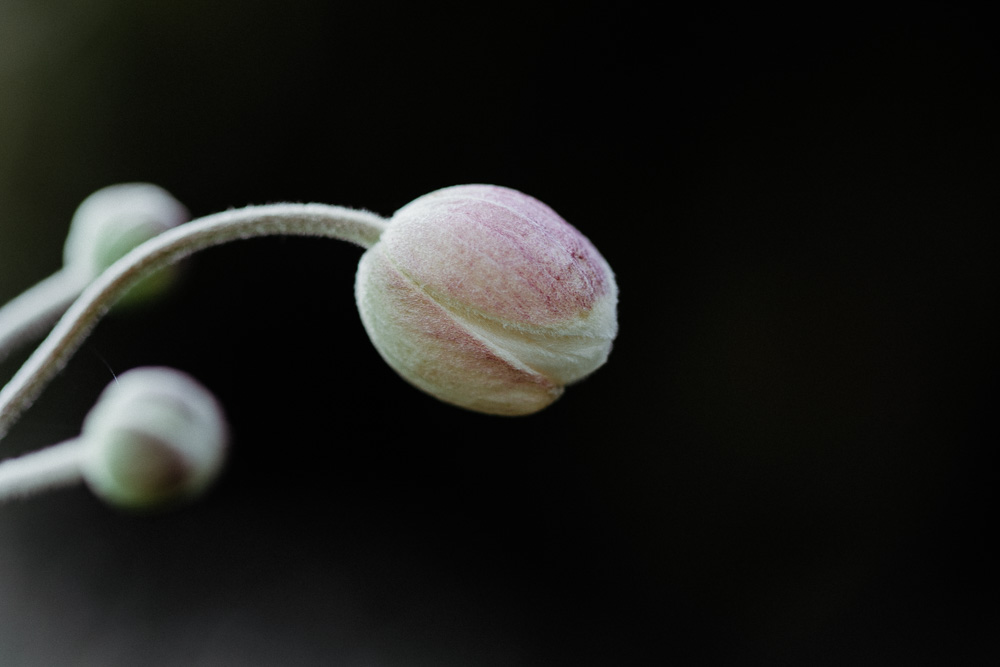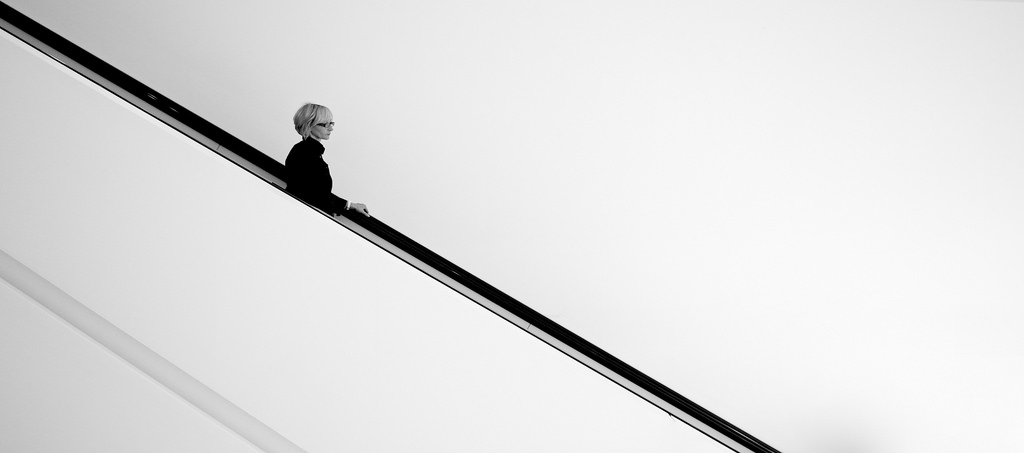the use of negative space is a simple tool to highlight the simplicity or beauty of an object in a photo
Negative space, sometimes referred to as white space, is a concept that’s been used in art, design, architecture, and sculpture for hundreds of years.
what is negative space?
Put simply, negative space is the area which surrounds the main subject in your photo (the main subject is known as the “positive space”)
By allowing plenty of negative space (areas of your photo with nothing in it) you emphasize the main subject of the photo and automatically draw your viewers eyes to it. By providing this “breathing room” and giving your eyes somewhere to rest, you prevent your image from appearing too cluttered with “stuff”. When used properly, negative space provides a natural balance against the positive space in a scene and adds up to a more engaging composition.
When used properly, negative space provides a natural balance against the positive space in a scene and adds up to a more engaging composition.
but this is the opposite of fill your frame!
It sure is!! To determine if negative space will work for your image, adjust your composition until the positive and negative spaces in the shot feel well balanced against one another. Be generous with the amount of empty space you leave, and don’t feel you have to cram something interesting into every square centimetre of the frame.
Now, not every image is meant to work with the compositional techniques of filling your frame or embracing negative space. And don’t be fooled into thinking that your negative space has to be white – just try to balance a simple and uncluttered negative space with your positive.

here I’ve used a black negative space to emphasize the pale pinks and greens of the buds

a simple image with negative space surrounding the subject
image by Magdalena Roeseler

notice here how your eyes are drawn to the man’s face and how the negative and positive space are nicely balanced?
image by Jason
Looking for the other installments in this series? You’ll find #1 the rule of thirds here and #2 framing here. Post #3 fill the frame can be found here.
In the comments, I’d love to hear:
What do you think of negative space? Do you use it often? Share some examples in the comments if you like.
Tasha


